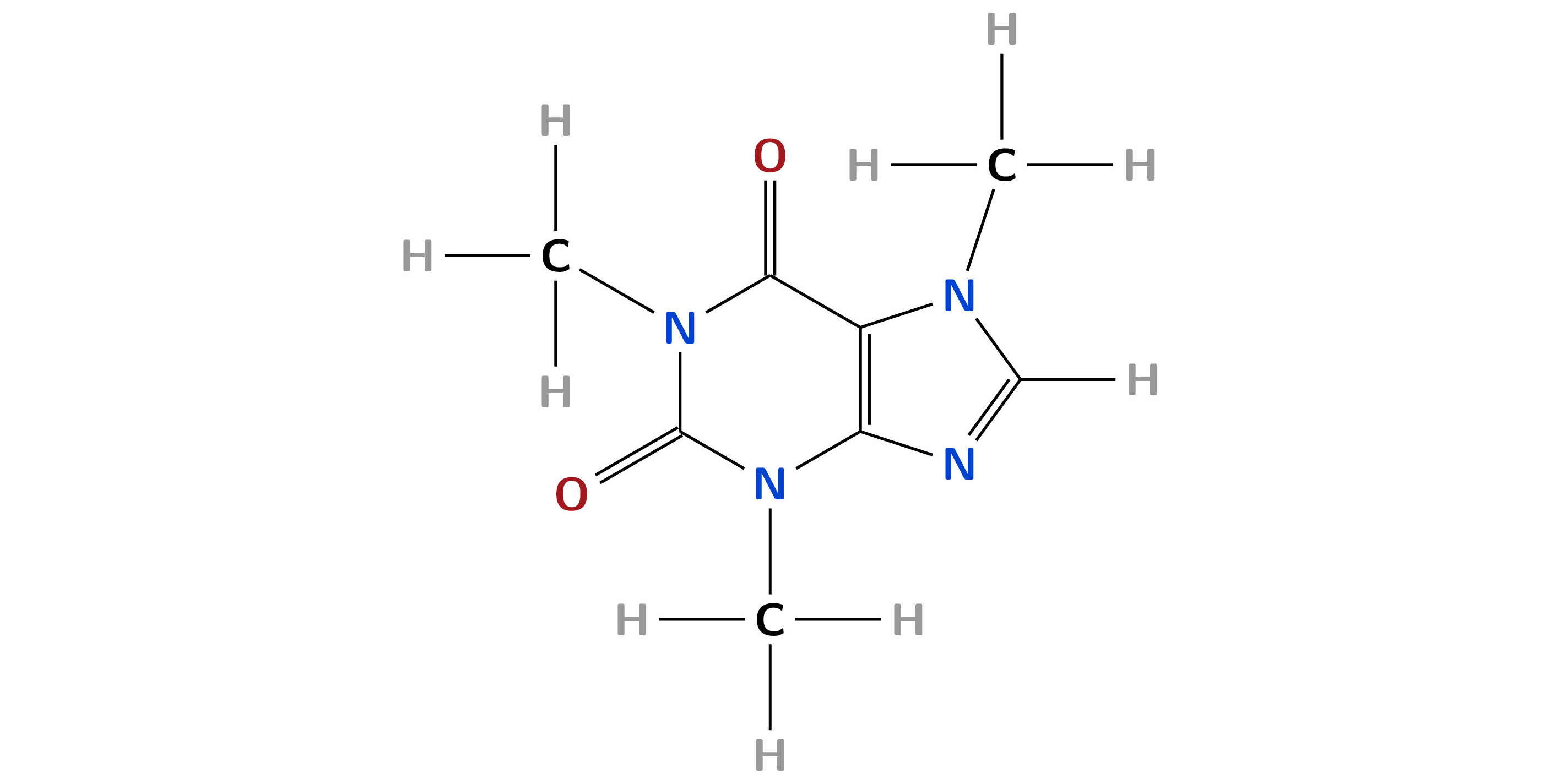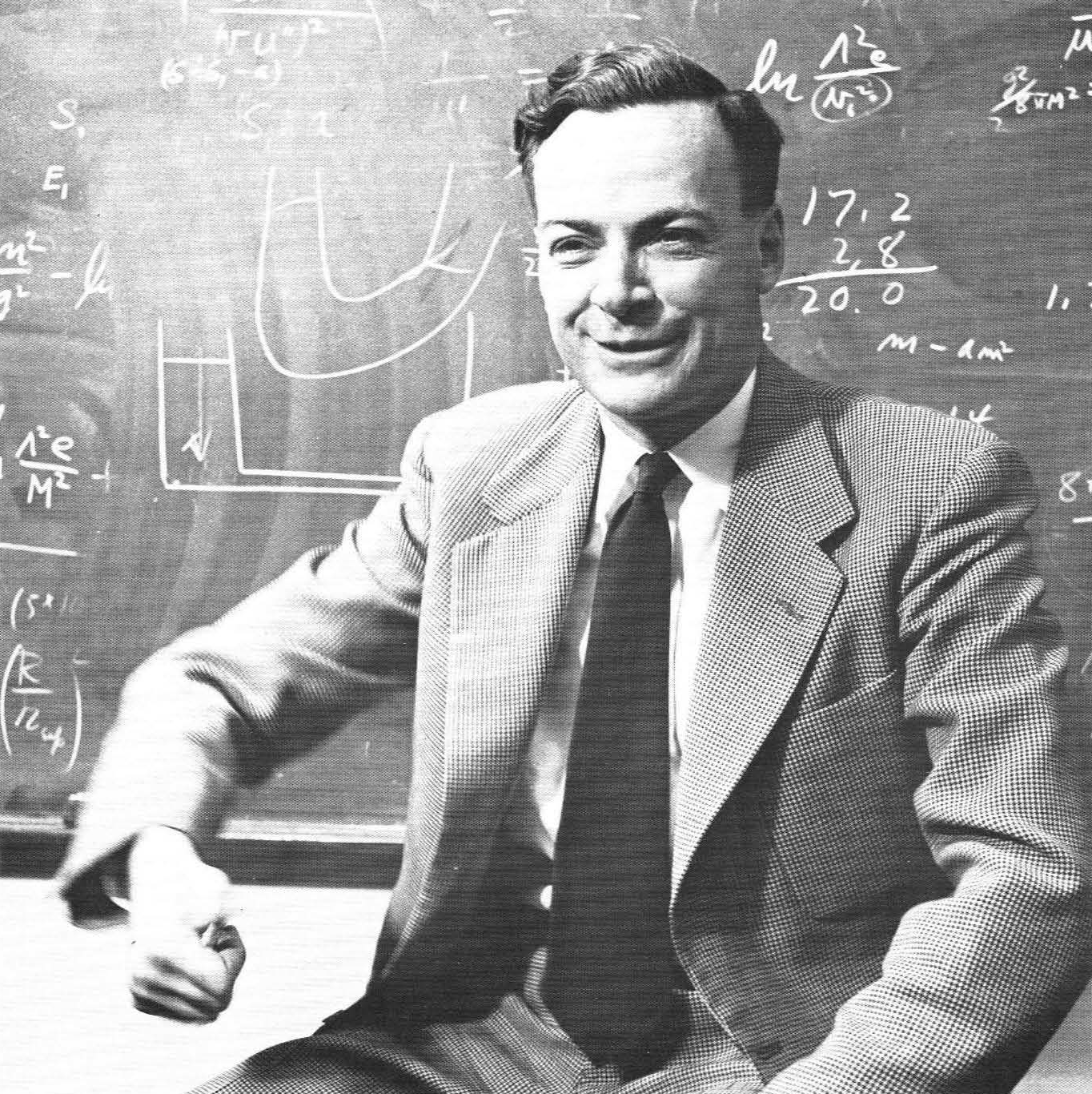1.2 I’m awake!
What if we could do chemistry inside a computer instead of in a test tube or beaker in the laboratory? What if running a new experiment was as simple as running an app and completing it in a few seconds?
For this to work, we would want it to happen with full fidelity. The atoms and molecules as modeled in the computer should behave exactly like they do in the test tube. The chemical reactions in the physical world would have precise computational analogs. We would need a fully faithful simulation. simulation
If we could do this at scale, we might be able to compute the molecules we want and need. These might be for new materials for shampoos or even alloys for cars and airplanes. Perhaps we could more efficiently discover medicines that we customize for your exact physiology. Maybe we could get better insight into how proteins fold, thereby understanding their function and possibly creating custom enzymes to change our body chemistry positively.
Is this plausible? We have massive supercomputers that can run all kinds of simulations. Can we model molecules in the above ways today?
Let’s start with C8H10N4O2 – 1,3,7-Trimethylxanthine. This is a fancy name for a molecule that millions of people worldwide enjoy every day: caffeine. Figure 1.3 shows its structure. caffeine

An 8-ounce cup of coffee contains approximately 95 mg of caffeine, which translates to roughly 2.95 × 1020 molecules. Written out, this is
295,000,000,000,000,000,000 molecules.
A 12-ounce can of a popular cola drink has 32 mg of caffeine, the diet version has 42 mg, and energy drinks often have about 77 mg. 134
Exercise 1.1
How many molecules of caffeine do you consume a day?
These numbers are large because we are counting physical objects in our universe, which we know is very big. Scientists estimate, for example, that there are between 1049 and 1050 atoms in our planet alone. 82
To put these values in context, one thousand = 103, one million = 106, one billion = 109, and so on. A gigabyte of storage is one billion bytes, and a terabyte is 1012 bytes.
Returning to the question I posed at the beginning of this section, can we model caffeine exactly in a computer? We don’t have to model the huge number of caffeine molecules in a cup of coffee, but can we fully represent a single molecule at a single instant?
Caffeine is a small molecule and contains protons, neutrons, and electrons. In particular, if we look at the energy configuration that determines the structure of the molecule and the bonds that hold it all together, the amount of information to describe this is staggering. In particular, the number of bits, the 0s and 1s, needed is approximately 1048:
10,000,000,000,000,000,000,000,000,000,000,000,000,000,000,000,000 .
From what I said above, this is comparable to 1% to 10% of the number of atoms in the Earth.
This is just one molecule! Yet somehow, nature manages to deal quite effectively with all this information. It handles the single caffeine molecule, to all those in your coffee, tea, or soft drink, to every other molecule that makes up you and the world around you.
How does it do this? We don’t know! Of course, there are theories, and they live at the intersection of physics and philosophy. 133 We do not need to understand it thoroughly to try to harness its capabilities.
We have no hope of providing enough traditional storage to hold this much information. Our dream of exact representation appears to be dashed. This is what Richard Feynman (Figure 1.4) meant in his quote at the beginning of this chapter: “Nature isn’t classical.” Feynman, Richard

However, 160 qubits (quantum bits) could hold 2160 ≈ 1.46 × 1048 bits while the qubits are involved in a computation. To be clear, I’m not saying how we would get all the data into those qubits, and I’m also not saying how many more we would need to do something interesting with the information. It does give us hope, however. We look at some ways of encoding data in qubits in section 13.2.
In the classical case, we will never fully represent the caffeine molecule. In the future, with enough very high-quality qubits in a powerful enough quantum computing system, we may be able to perform chemistry in a computer.
To learn more
Quantum chemistry is not an area of science in which you can say a few words and easily make clear how we might eventually use quantum computers to compute molecular properties and protein folding configurations, for example. Nevertheless, the caffeine example above is an example of quantum simulation. chemistry
For an excellent survey of the history and state of the art of quantum computing applied to chemistry as of 2019, see Cao et al. 36 For the specific problem of understanding how to scale quantum simulations of molecules and the crossover from High-Performance Computers (HPC), see Kandala et al. 119

